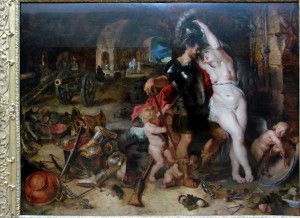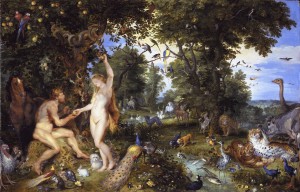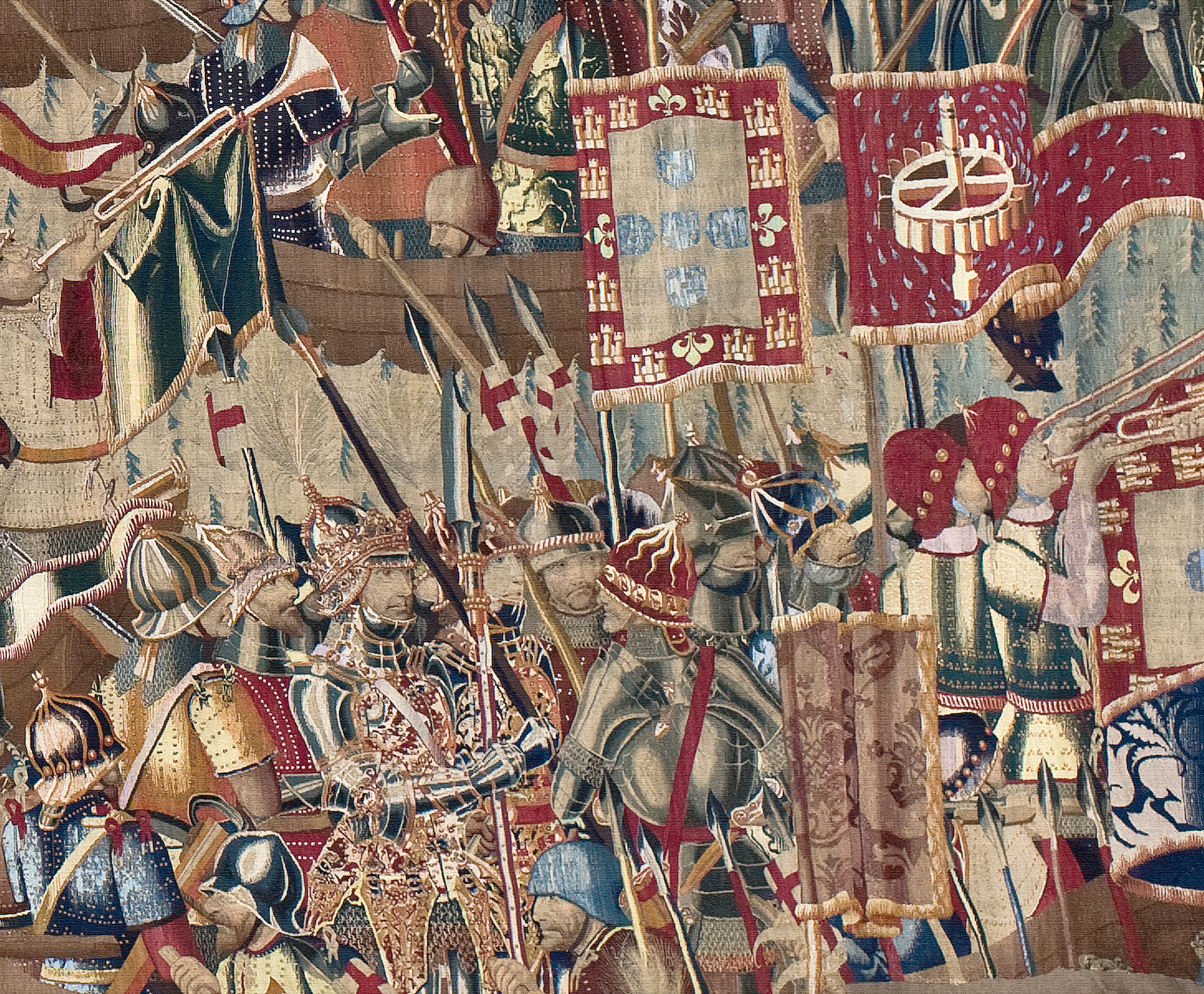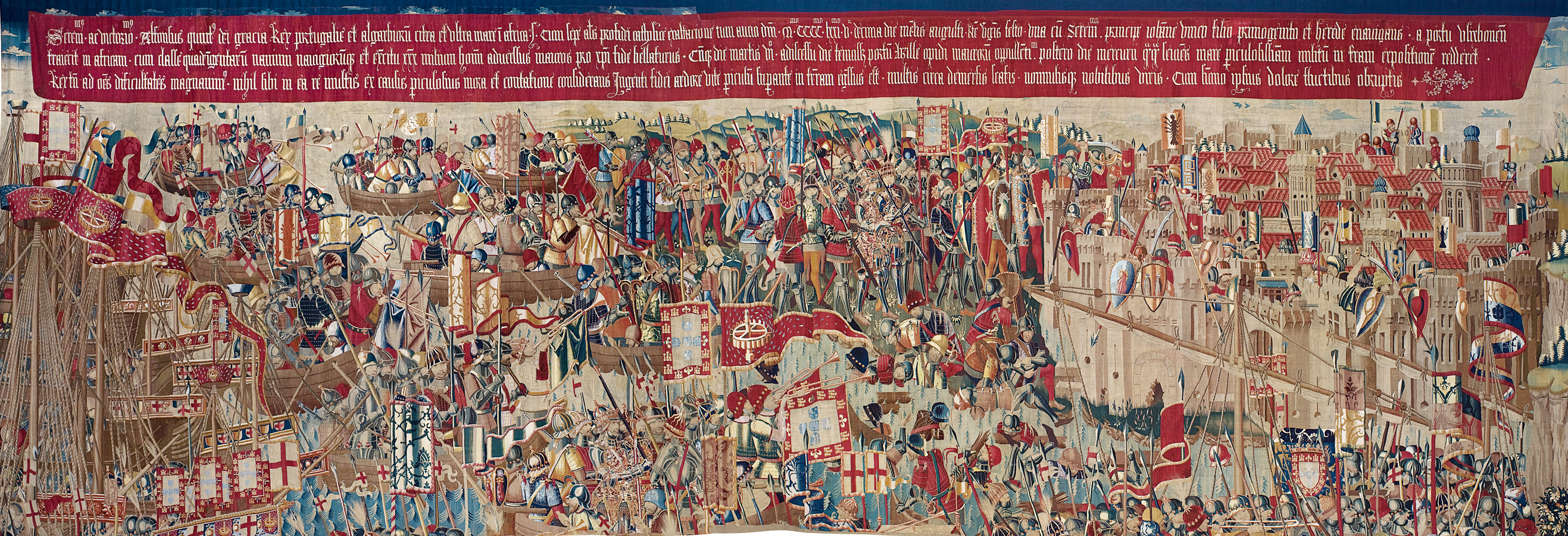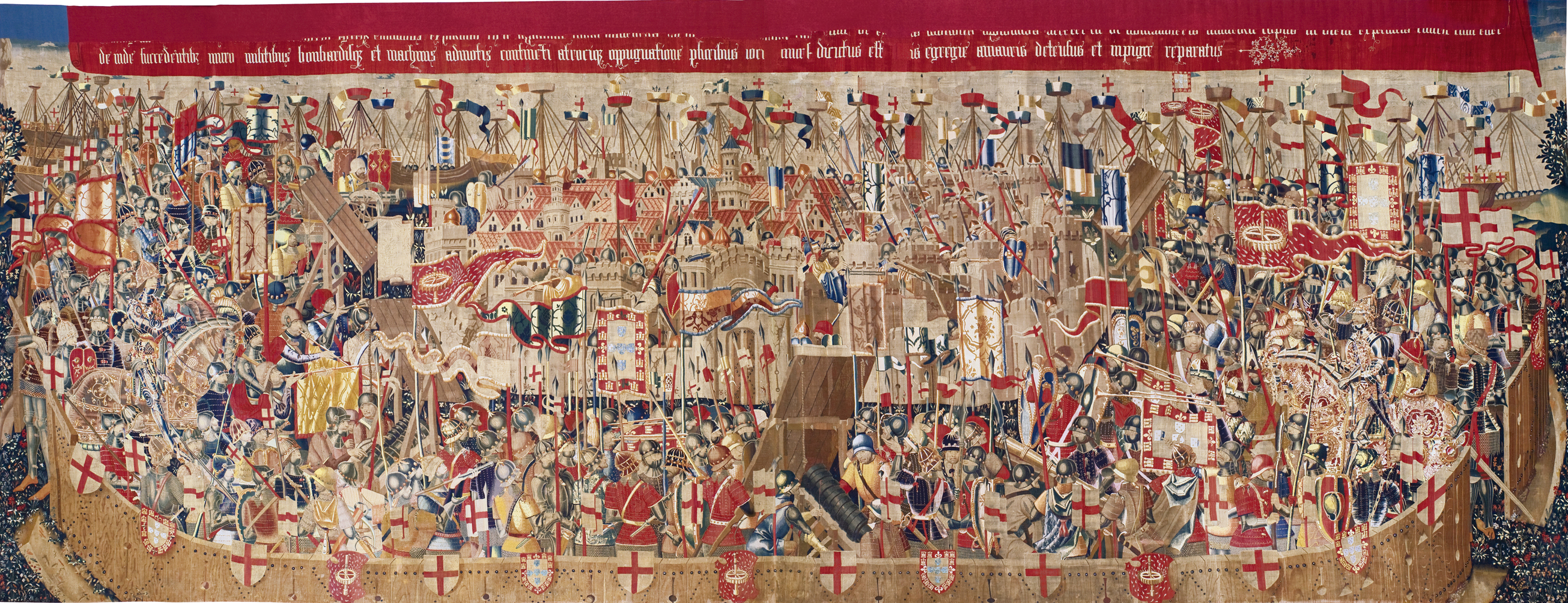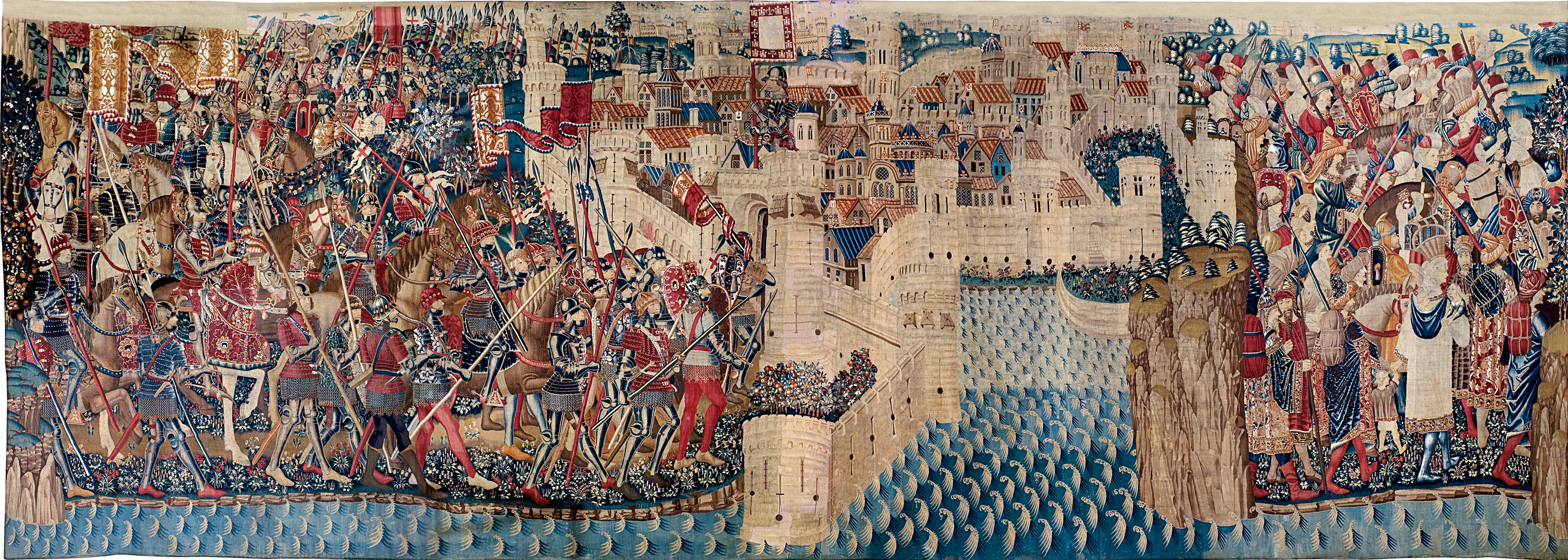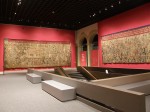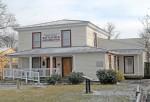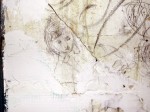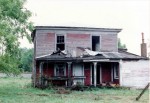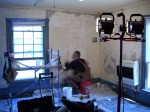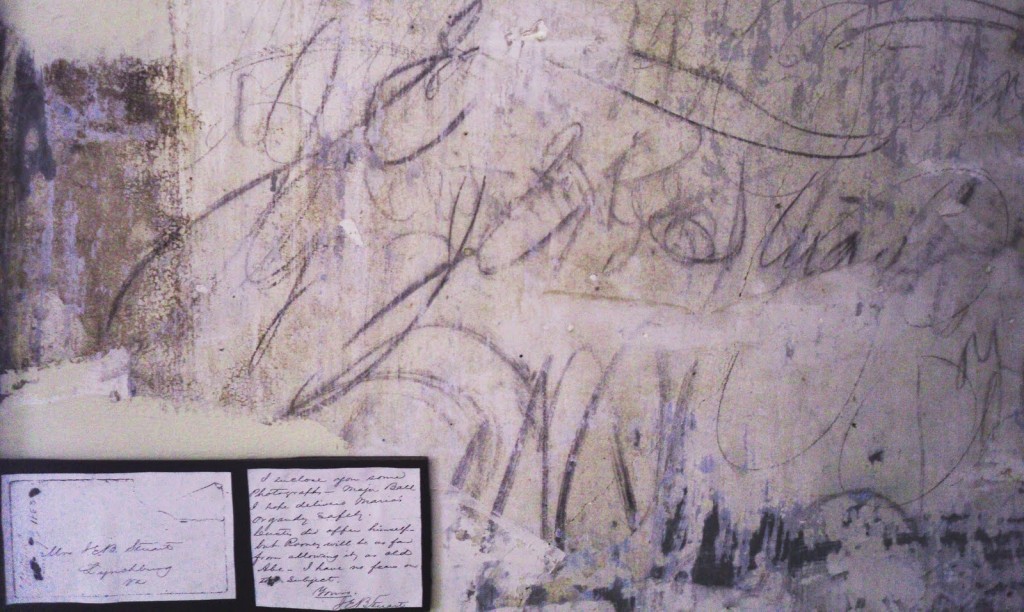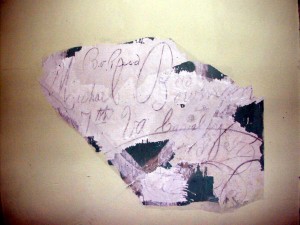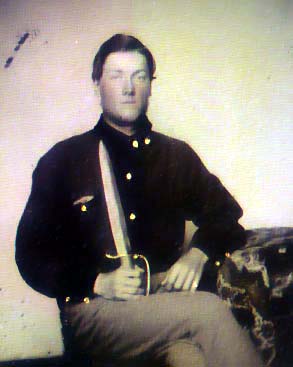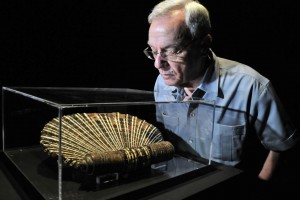 A wooden lectern carved by indigenous artists shortly after the arrival of Columbus has returned to Cuba after almost 80 years in the Vatican’s Missionary Ethnological Museum.
A wooden lectern carved by indigenous artists shortly after the arrival of Columbus has returned to Cuba after almost 80 years in the Vatican’s Missionary Ethnological Museum.
Eusebio Leal Spengler, the official historian of the city of Havana, appealed to the director of the Vatican Museums for the loan. Perhaps because Pope Benedict XVI will be visiting Cuba at the end of March, no less an august personage than the Vatican Secretary of State Cardinal Tarcisio Bertone authorized the loan, noting that it was done “as a great exception.” The unique artifact went on display in the Museum of the City of Havana on February 5th and will remain there the entire year.
According to family tradition, the shell-shaped lectern first belonged to Friar Bartolomé de Las Heras who traveled to the New World on Columbus’ second voyage (1493 – 1496) and then settled in Cuba to convert the savages. It remained in the Las Heras family in Cuba for hundreds of years until it was given to a justice of the Cuban Supreme Court, who gave it to Doña Anna Moulin y Sabon de Morel, who gave it to her son the priest.
In 1935, its owner Father Pierre-Baptiste Morel donated it to the Pope. He included a write-up of the long record of ownership, which is why we know of the piece’s reputed connection to Las Heras. Grain of salt, of course. Family legends can make one hell of a game of telephone. The age of the artifact is not in dispute, however, and both the materials used — fish bones, tortoiseshell, the wood — and the carving style confirm that it was made by indigenous people.
Archaeological evidence indicates that even before 1510, certain indigenous Taino groups had fled from La Española and taken refuge in easternmost Cuba, so it is highly probable that the area of Santiago de Cuba was where Columbus’ lectern was made. It is the oldest example of New World indigenous Christian art and illustrates the process of bilateral exchange and intercultural contact. The lectern, carved by indigenous artists from local materials, is a vivid expression of this process: in Christian iconography, shells are associated with resurrection and eternal life; for indigenous peoples they had great symbolic value, due to being linked to cults around water and fertility.
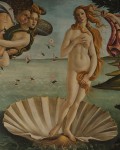 It certainly looks like something Venus might have been birthed on. It’s interesting to see the entirely unwitting connection between Greek polytheistic iconography and native Caribbean.
It certainly looks like something Venus might have been birthed on. It’s interesting to see the entirely unwitting connection between Greek polytheistic iconography and native Caribbean.
Unlike his first time at bat, Columbus’ second voyage had a specific brief of converting the indigenous peoples to Christianity. There are no priests listed on the passenger manifests of the Nina, the Pinta and the Santa Maria, but the second time he came back with 17 ships and 1200 people, among them a number of priests and Franciscan friars. The first mass in the Americas was held in a temporary church built on the island of Hispaniola on January 6, 1494, Friar Bernal Buil presiding.
Also on that second voyage was Pedro de las Casas, a wealthy merchant whose son, Bartolomé de las Casas, would in 1510 become the first priest ordained in the Americas. A landowner and slave holder who actively participated in slave-taking raids, Bartolomé saw so much brutality in the conquest of Cuba in 1513 that despite his own involvement, the next year while contemplating Ecclesiasticus 34:18-22 for a sermon, he had an epiphany and realized that the Spanish treatment of indigenous peoples was naught but cruelest injustice.
 He spent the rest of his life an advocate for indigenous rights. He sent his 1542 book, A Brief Account of the Destruction of the Indies, to Prince Philip II of Spain. It was hugely influential. Later that year King Charles V passed the “New Laws of the Indies for the Good Treatment and Preservation of the Indians,” which abolished native slavery in the Americas.
He spent the rest of his life an advocate for indigenous rights. He sent his 1542 book, A Brief Account of the Destruction of the Indies, to Prince Philip II of Spain. It was hugely influential. Later that year King Charles V passed the “New Laws of the Indies for the Good Treatment and Preservation of the Indians,” which abolished native slavery in the Americas.
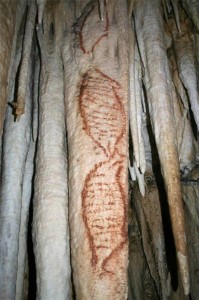
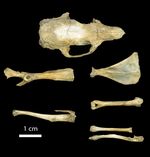 Spanish traders introduced guinea pigs to Europe after the conquest of Peru in 1532. The remains of only three guinea pigs have been discovered in Europe’s archaeological record, and the general historical thought is that those early piggies were exotic pets for the upper classes rather than the common household pet they are today. A new study done on the third archaeological guinea pig skeleton, discovered in Mons, Belgium in 2007, proves that in fact
Spanish traders introduced guinea pigs to Europe after the conquest of Peru in 1532. The remains of only three guinea pigs have been discovered in Europe’s archaeological record, and the general historical thought is that those early piggies were exotic pets for the upper classes rather than the common household pet they are today. A new study done on the third archaeological guinea pig skeleton, discovered in Mons, Belgium in 2007, proves that in fact 